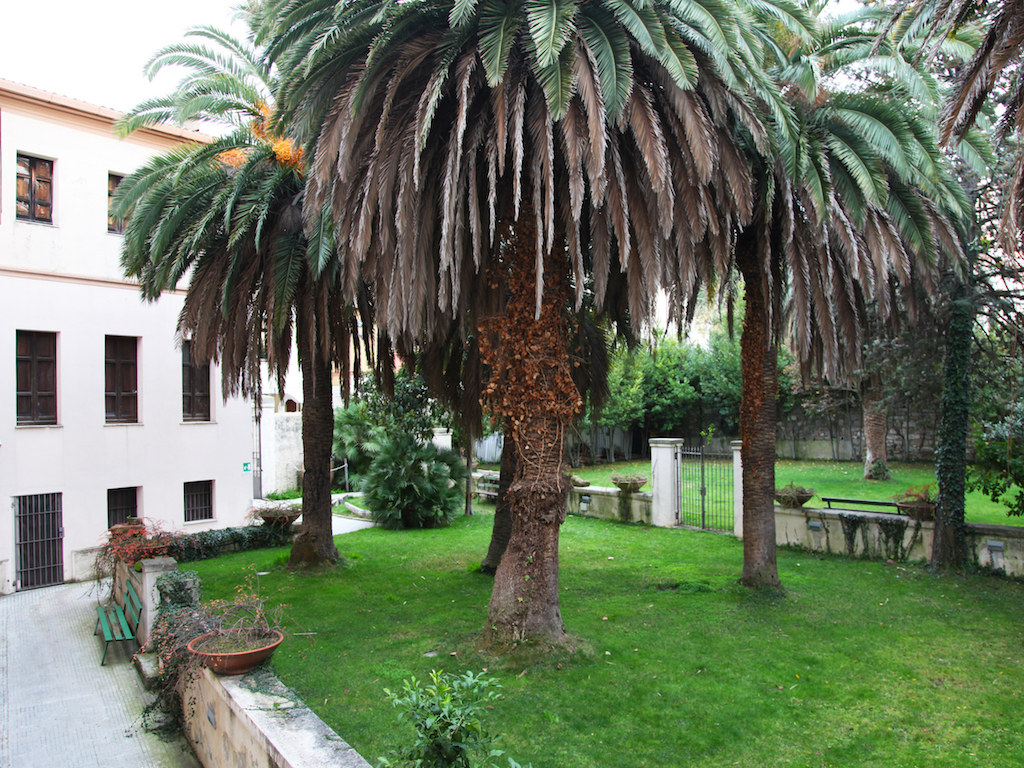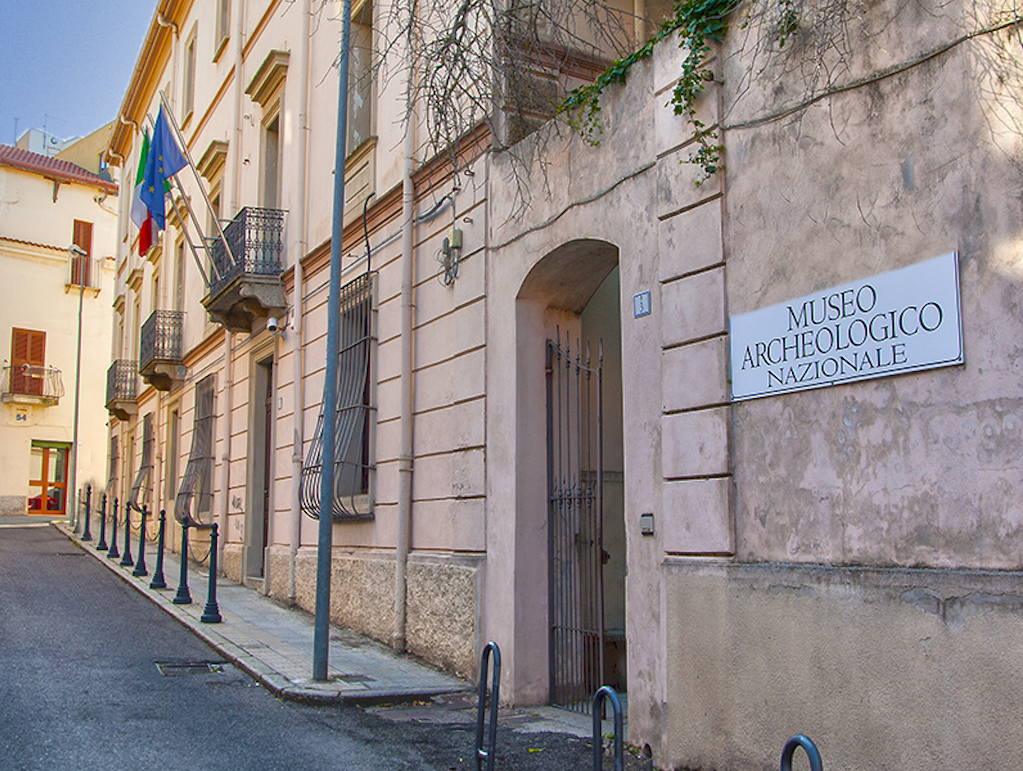“Giorgio Asproni” National Archaelogical Museum
Nuoro
Situated in the historical centre of Nuoro, at the slope of the granite Mountain of Ortobene, in the very heart of Barbagia, the museum is a chief cultural reference point for the nearby territory. Its rich collections of archaeological and paleontological findings coming from the most important sites of the area depict the story of Barbagia and Ogliastra from their origin to the Middle Ages.
The History

Even though the new premise of the Giorgio Asproni Museum was inaugurated only in 2002, the history of its collections dates back to the beginning of the 20th century, when priest Mauro Sale donated his personal objects to the Municipality of Nuoro.
In 1978 the Speleo-Archaeological Museum was opened following the intense activity of the Gruppo Grotte Nuorese as well as donations from private patrons. The museum was active until 1993.
In 2002 the 19th century building belonging to senator Giorgio Asproni and the collections hosted in the museum were conceded to the Ministry of Cultural Heritage and Activities in order to open the National Archaeological Museum. Collections increased thanks to the excavations and researches made by the Superintendent for Archaeological Heritage.
The Building

The Museum lies in one of the most important 19th century buildings in Nuoro. Built in a Neoclassical style, the edifice belonged to the scholar and politician Giorgio Asproni. It overlooks a large garden which also constitutes the main entrance to the Museum.
The Collection
The Museum collections provide evidence of the rich paleontological and archaeological heritage of the area of Nuoro: from the vertebrates of Monte Tuttavista and of Grotta Corbeddu to the Palaeolithic findings of Ottana and the Neolithic everyday objects.
Visitors can also find items belonging to Copper Age cultures of Filigosa, Abealzu, Monte Claro; of the Baker Culture and the Bonnanaro Culture, including the female skeleton found in the Cave of Sisaia.
The items dating back to the Nuragic Age, the Bronze Age and the Iron Age come from important sites such as Su Tempiesu in Orune and Sa Sedda e Sos Carros in Oliena. Collections also include recreation of the sacred spring of Oliena.
The exhibition itinerary ends with the Middle Age and the items coming from Castello della Fava in Posada.
Today an important project enhances the inner architecture of the museum through digital technologies aiming at creating a path where newly conceived didactic apparatuses merge with innovative communication formulas, immersive realities and 3D architectural reconstructions.
Detail of a figurative votive group
Group of little bronze statues dating to 1100-900 B.C. discovered in the temple of Domu de Orgia, Esterzili, and arranged to create a typical offering scene. They represent hunters, priestesses, prayers and animals.
Address
Via Mannu, 1
08100 Nuoro
Properties
Ente MiBACT
Tipology
Architettura-civile